Gooseberries
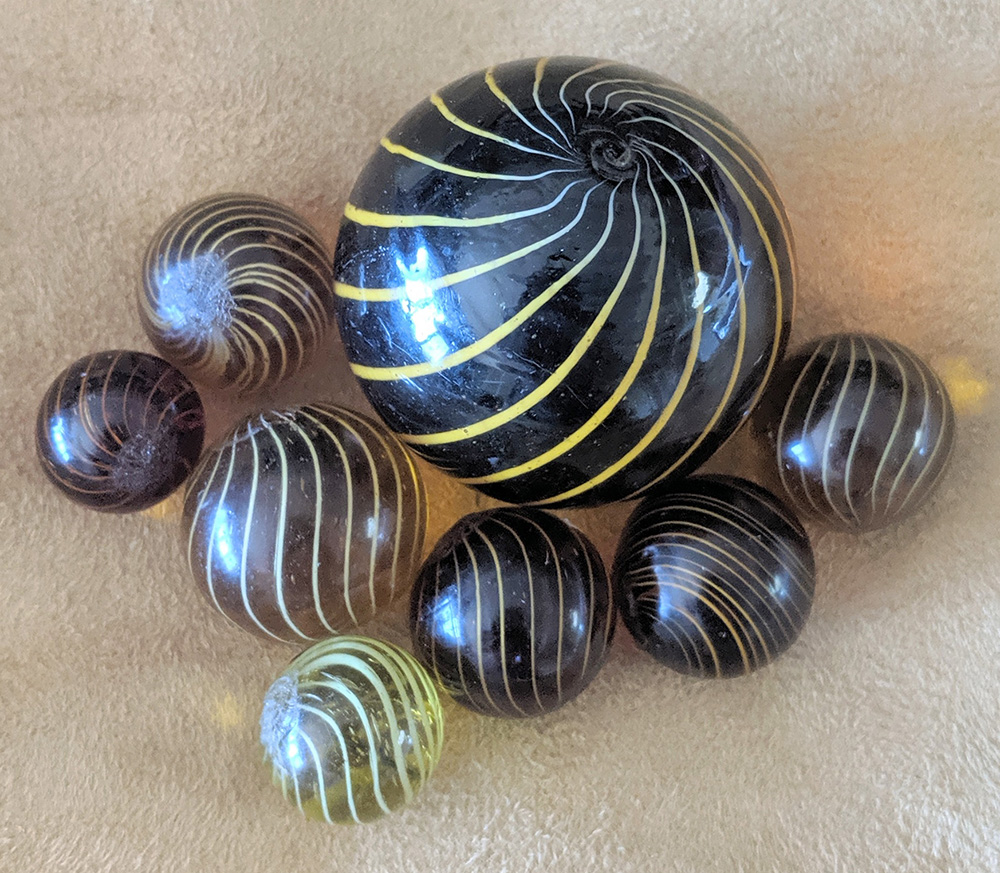
German handmade Gooseberry marbles have from 6 to many parallel threads and are similar in appearance to Clambroth marbles, but are distinguished by subsurface white threads or lines that appear yellow because they are in a transparent amber or yellowish base glass.
Unlike Clambroths that have surface threads, Gooseberries have surface glass over the lines. Gooseberries have no opacity to them, although sometimes the base glass can be very dark amber, it is still always transparent.
Gooseberries are early handmade marbles, generally constructed between 1850 and 1880, and because of this will have faceted pontils. Any Gooseberries made after 1880 will typically have rough unfaceted pontils.
Gooseberries are not made of lighter weight brittle glass like Clambroths, but yet they can be just as difficult to find as a clambroth and their value essentially parallels a Clambroth. For some unknown reason, most Gooseberry marbles are found chipped and/or damaged from play.
Symmetry and spacing of the lines are important to collectors. If there are wider gaps or missing lines it will make the Gooseberry less desirable. It can be difficult to find a symmetrical Clambroth, as most have asymmetry to their pattern.
Gooseberries with any other color transparent base glass other than amber or honey yellow are more highly sought after.
Any Gooseberry with threads other than white would be highly unusual and highly collectible.
Most common sizes for Gooseberries are 9/16” to 3/4”. Any Gooseberry over 3/4” will generate a premium. Gooseberries are rarely found 7/8” or larger.
Gooseberries that are End-of-Cane or left twist are rare!
Showing all 9 results
-
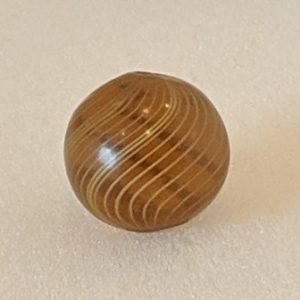 SOLD OUT
SOLD OUTInsane 25-Line Honey Color Gooseberry
$200.00 Size: 11/16"
Condition: Mint
Grade: 9.4 -
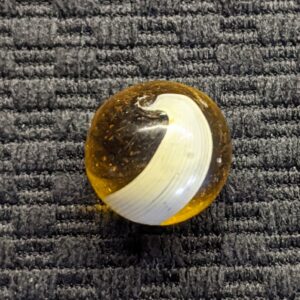
Yellow Corn Husk
$100.00 Size: 21/32"
Condition: Mint Minus
Grade: 9.3 -
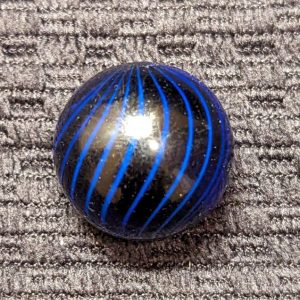 SOLD OUT
SOLD OUTLarge Rare Cobalt Gooseberry – Near End-of-Cane w/ Looping Lines
$450.00 Size: 27/32"
Condition: Mint Minus
Grade: 9.5 -
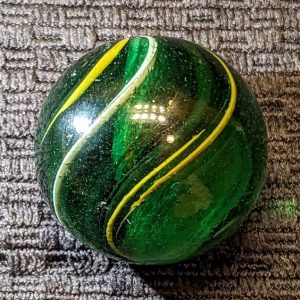 SOLD OUT
SOLD OUTOutrageous & Rare 1-3/8″ Banded Green Transparent Swirl or Green Indian w/ White & Yellow Surface Banding & Ghost Core w/ Purple!
$2,850.00 Size: 1-3/8"-
Condition: WET MINT-
Grade: 9.6 -
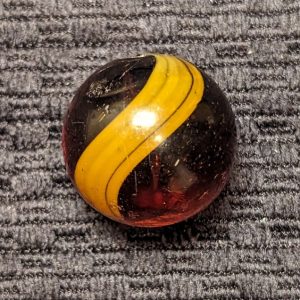
Large 29/32″ Rich Amber Corn Husk
$180.00 Size: 29/32"
Condition: Mint Minus
Grade: 9.0 -
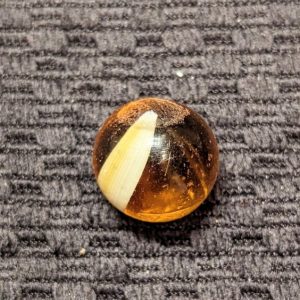
Nice Mint Corn Husk
$125.00 Size: 11/16"
Condition: Mint
Grade: 9.7 -
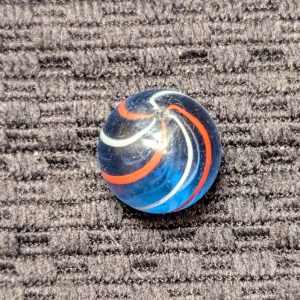 SOLD OUT
SOLD OUTUnusual Red & White Gooseberry Lines over Blue Glass Banded Transparent Swirl w/ Submarine Effect
$75.00 Size: 5/8"+
Condition: Mint Minus
Grade: 9.3 -
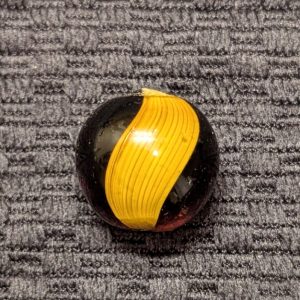
25/32″ Rich Amber Corn Husk – Exceptionally Beautiful
$225.00 Size: 25/32"
Condition: WET MINT-
Grade: 9.35 -
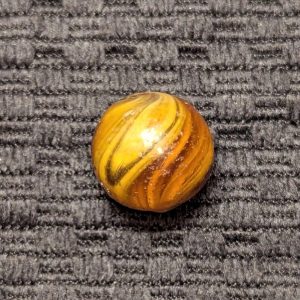
Caramel Swirl w/ Looped Chevron Patterns
$40.00 Size: 5/8"
Condition: Near Mint
Grade: 8.8